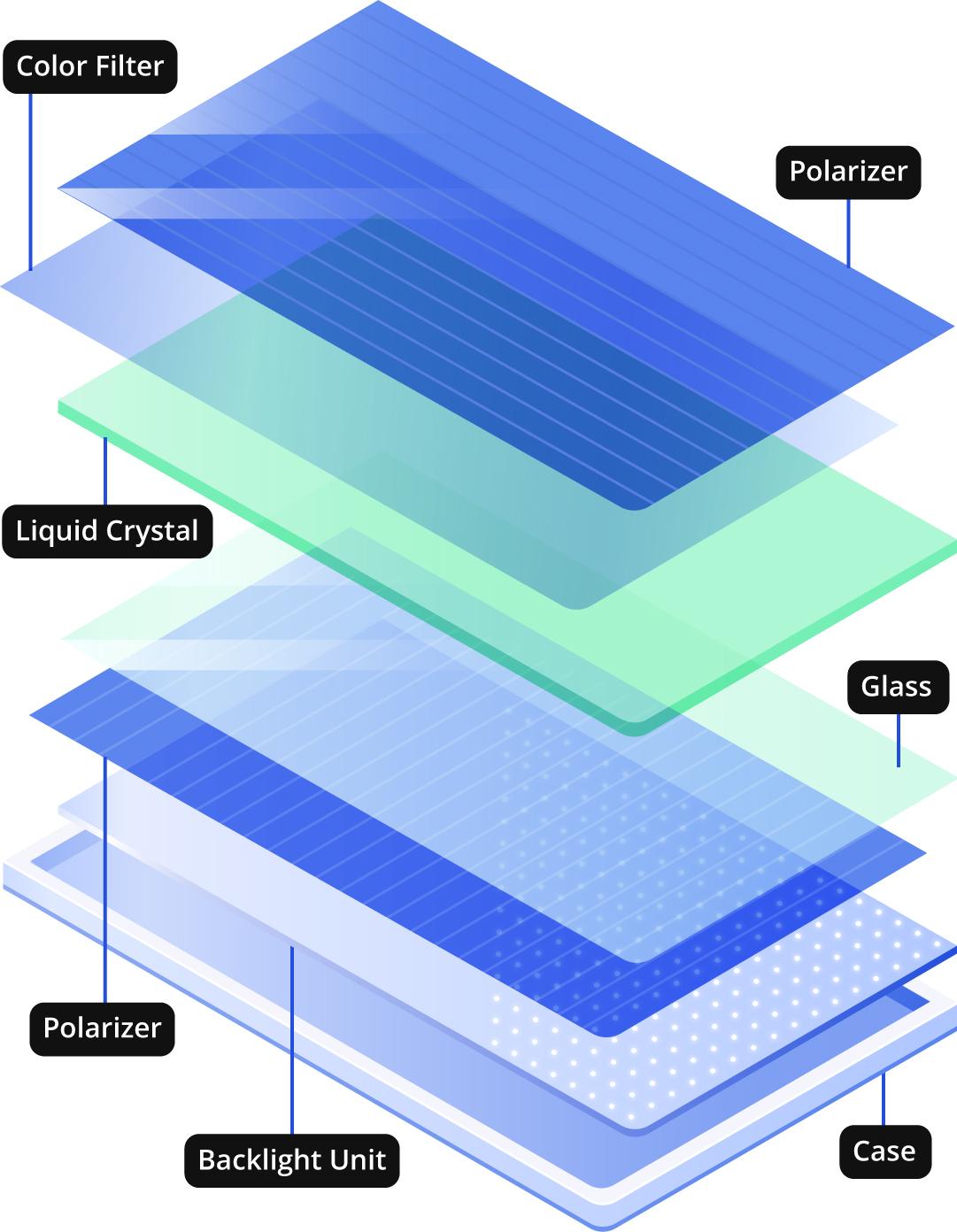 The development of display technologies has been so rapid in recent years. Although this fast progress would give the humanity pleasure and enjoyable experience, it could make it quite challenging to choose an appropriate one.
The development of display technologies has been so rapid in recent years. Although this fast progress would give the humanity pleasure and enjoyable experience, it could make it quite challenging to choose an appropriate one.
LEDs and LCDs form the primary hardware of Video wall and Digital signage. Because of this, selecting the most suitable display hardware considering price gap, weight, resolution, electricity consumption and etc. is important. Here is this analysis, a detailed content is prepared about differences between LCD and LED based on limitations and costs.
Difference between LCD and LED for video wall and digital signage

Literally LCD is an abbreviation of “Liquid Crystal Display”, and LED stands for “Light Emitting Diodes”. In fact LED display has the same hardware technology as LCD with LED back-lighting. Both have two layers of polarized glass through which the liquid crystals both block and pass light and the main difference is that LCD uses fluorescent lights in contrast to LED which uses light-emitting diodes.
Are OLED and LED the same?
Red, green and blue lights are all you need to create an image on display screen before OLED invention. While OLEDs put a step forward. OLEDs actually work by passing an electric current through the materials that produce these colors. No display technology was normally able to produce light directly.
If you are looking for better display quality, LEDs would be a much better choice for you.
Display quality
LDEs provide you fairly more accurate and sharper color due to tiny RGB light but as LEDs lack them, they fail to illustrate truer black and consequently high-quality image. This reason also causes a wider video angle too.
Lifespan
It’s estimated that lifespan of LCD could be approximately 60,000 hours depending on the life of its backlighting bulb. While for LEDs have expected lifespan of twice more than LCDs. It’s good to mention that lifespan doesn’t necessarily mean when a screen will be out of work. It considers a time by when backlight will be able to provide only half the brightness of a new one.
Power consumption
As you know a great amount of electricity power consumption is proportional to screen size, whereas it’s pretty relevant to screen type too. As LED displays utilize newer technology and are compatible to dim backlights (such as for absolute black), they greater energy efficiency per pixel in comparison with LCDs.
In order to control this issue and prevent high bills, User video wall and digital signage are equipped with Automatic Switch Machine helping you control device on time.
Conclusion
| LED | LCD |
| LED stands for light-emitting diodes. | LCD stands for liquid crystal display. |
| All LEDs are a subset of LCD TV. | All LCDs are not a subset of LED TV. |
| LEDs use light-emitting diodes. | LCDs primarily use fluorescent lights. |
| Light-emitting diodes are usually placed behind the screen or around the edges. | Fluorescent lights used are usually placed behind the screen. |
| LCDs are usually thicker and lack energy efficiency compared to LEDs. | LEDs are much thinner and are much more energy-efficient. |
All in all, purchasing an appropriate technology for video wall or digital signage has been always challenging and requires an exact analysis. Your needs, budget and usage can be very effective in your selection. This content might about differences between LCD and LED might be a useful guide for many buyers.
Nevertheless video wall and digital signage devices manufactured by Shenzhen User Special Display Technologies (USERSDT) all have 3 years of warranty and Lifetime Technical Support to satisfy all your needs.

